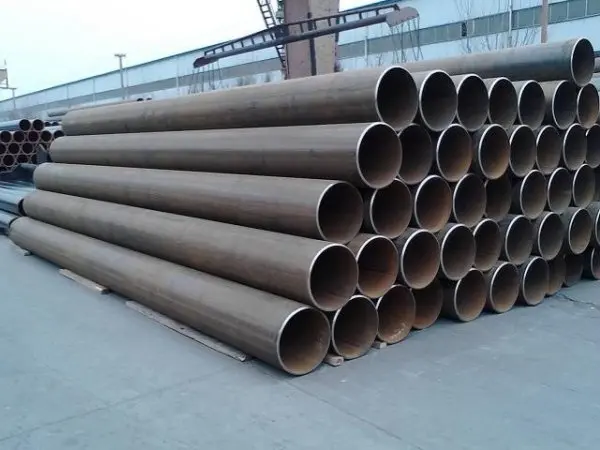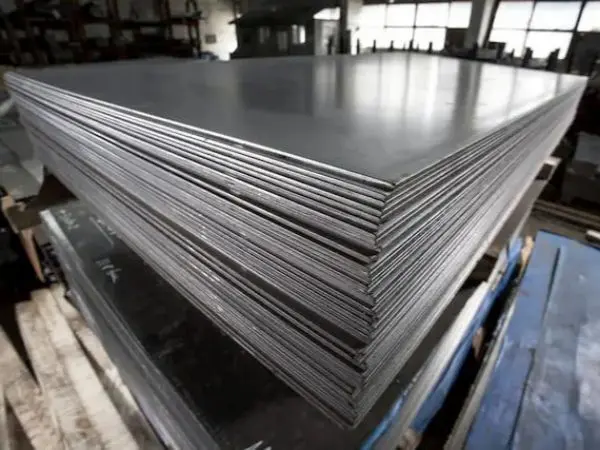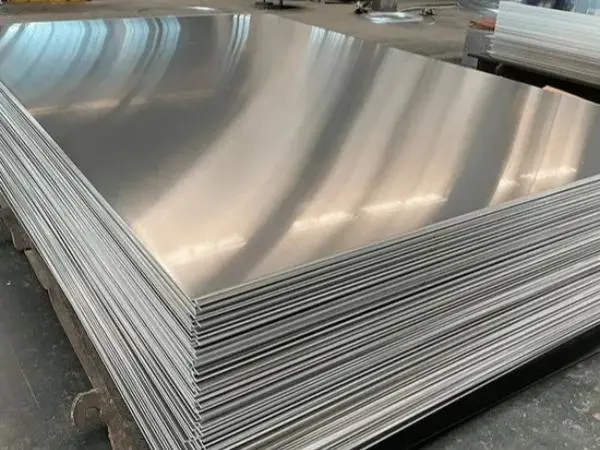- Phone0086 731 8564 8255
- E-mailsales@cscsteel-manufacturing.com
-

Welding galvanized steel pipes requires careful attention to ensure a strong, durable weld while minimizing defects like cracks, porosity, and brittleness. The presence of the zinc coating on galvanized steel introduces challenges, such as the risk of gas release, brittle phases, and reduced weld quality. Here are some essential precautions to follow when welding galvanized steel pipes.
1. The Premise Must Be Polished
Before welding, it is crucial to remove the galvanized coating from the area to be welded. Failing to do so can lead to issues such as air bubbles, trachoma (small surface defects), false welding, and other flaws that compromise the weld's strength. Additionally, the unremoved zinc coating can make the weld brittle, reducing its overall rigidity and structural integrity. Polishing the galvanized layer ensures a clean surface for better bonding and reduces the risks associated with the welding process.
2. The Welding Characteristics of Galvanized Steel
Galvanized steel is essentially low-carbon steel coated with a thin layer of zinc, typically around 20 micrometers in thickness. However, the zinc layer can cause problems during welding. Zinc and iron can form brittle compounds at the joint, which can lower the plasticity of the weld metal and lead to cracks under tensile stress. This is especially true for fillet welds, particularly at T-joint connections, where penetration cracks are more likely to form. During welding, the heat from the arc causes the zinc to oxidize, melt, and even evaporate, releasing white smoke and steam. This can result in weld porosity and reduce the quality of the joint. Furthermore, the evaporation of zinc produces irritating fumes that are harmful to the welder’s health. Therefore, it is essential to remove the galvanized coating from the welding area before starting the process.
3. Welding Process Control
The preparation for welding galvanized steel is similar to that of general low-carbon steel, but special attention must be paid to the groove size and the nearby galvanized layer. The groove should be carefully handled to ensure proper weld penetration, and any remaining galvanized coating around the groove must be thoroughly cleaned to prevent contamination during welding. Proper process control includes maintaining correct welding parameters, such as current and voltage, to minimize excessive heat that could cause zinc vaporization and the associated hazards.
By following these precautions, welders can ensure high-quality, safe welds when working with galvanized steel pipes. Proper preparation and control during the welding process are crucial to achieving strong, durable, and defect-free joints.




